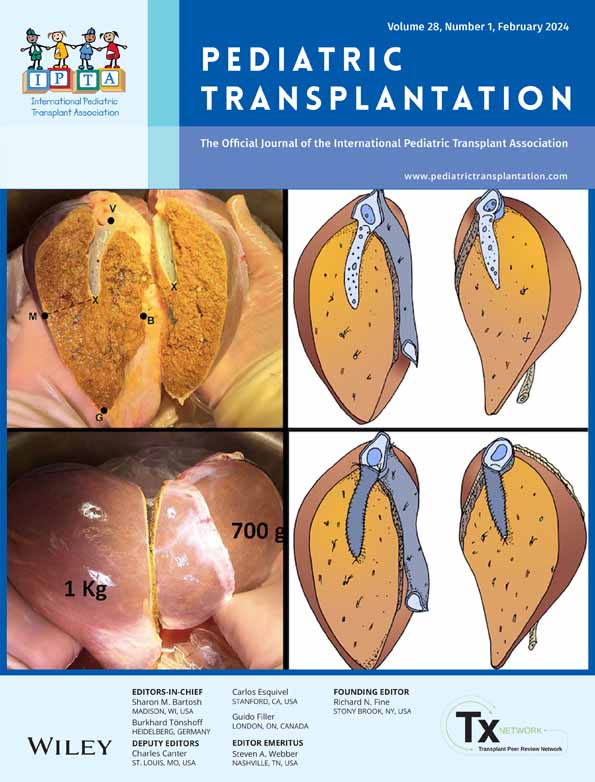Challenges faced in establishing a pediatric liver transplant program in a lower-middle-income country with free healthcare service
Abstract
Background
Liver transplant is the cure for children with liver failure. Sri Lanka is a lower-middle-income country with a predominant free, state health system. Pediatric liver transplant program in Sri Lanka is still in the budding state where the initial experience of the program is yet to be documented.
Methods
A retrospective review was performed including the clinical characteristics of all pediatric liver transplant recipients of Colombo North Centre for Liver Diseases since the inception of the program from June 2020 to May 2023.
Results
There were 14 PLT performed in 3 years. The median recipient age and weight were 8 years (6 months–15 years) and 23.3 kg (6.4–49.2), respectively. The majority were boys (64%). All were from low-income backgrounds. Indications for LT were acute liver failure (5/14), decompensated chronic liver disease (5/14), and acute on chronic liver failure (4/14). Underlying liver diseases were Wilson disease (6/14), autoimmune liver disease (3/14), biliary atresia (2/14) and progressive familial intrahepatic cholestasis type 3 (1/14), and unknown etiology (2/14). The majority were living donor liver transplants (86%). Of the living donors, 42% (5/12) were Buddhist priests. There were three immediate deaths and two late deaths. The 3-month survival was 78%, and overall survival was 64%. Living donor transplants carried a higher success rate (92%) compared to diseased donor transplants (0%; 2/2).
Conclusions
Initial experience of pediatric liver transplant program of Sri Lanka is promising despite being established in a free healthcare system amidst the crisis circumstances.
CONFLICT OF INTEREST STATEMENT
None declared.
Open Research
DATA AVAILABILITY STATEMENT
The data that support the findings of this study are available on request from the corresponding author. The data are not publicly available due to privacy or ethical restrictions.




